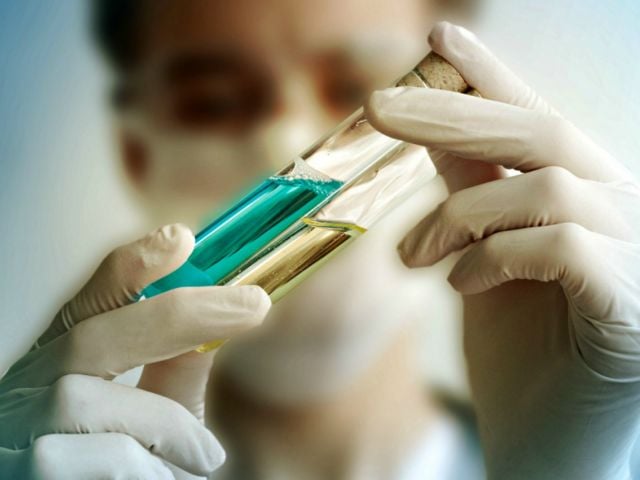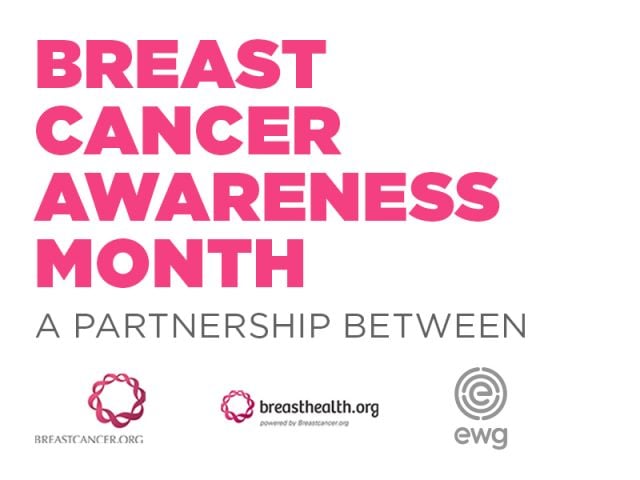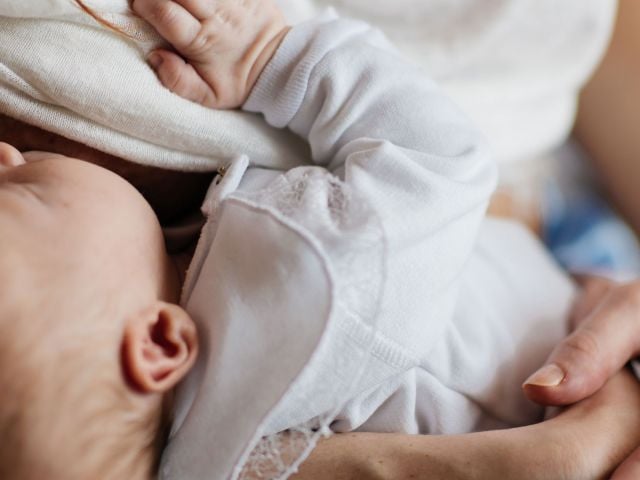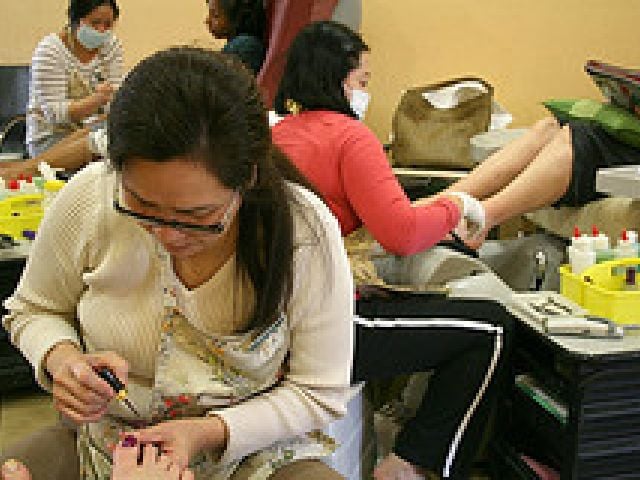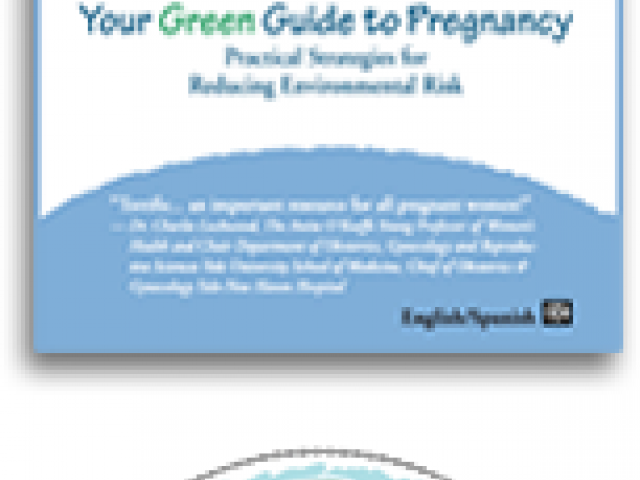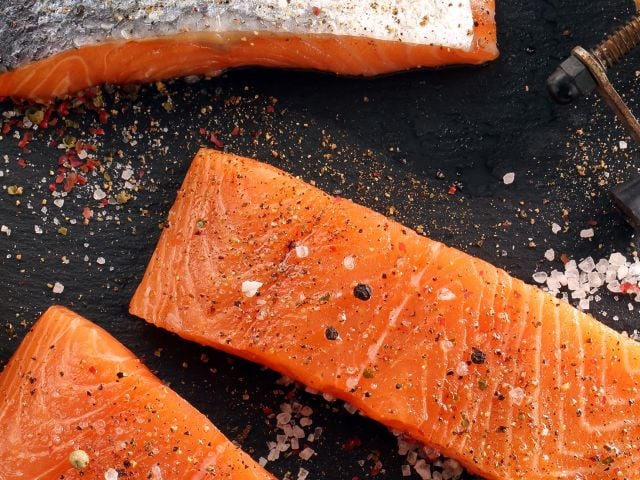Environmental Groups Sue Trump Administration Over New Rules That Will Make It Harder to Protect Against Harm From Toxic Chemicals
Environmental groups have brought two suits against the Trump administration for weakening key rules establishing how the Environmental Protection Agency will regulate toxic chemicals found in...




